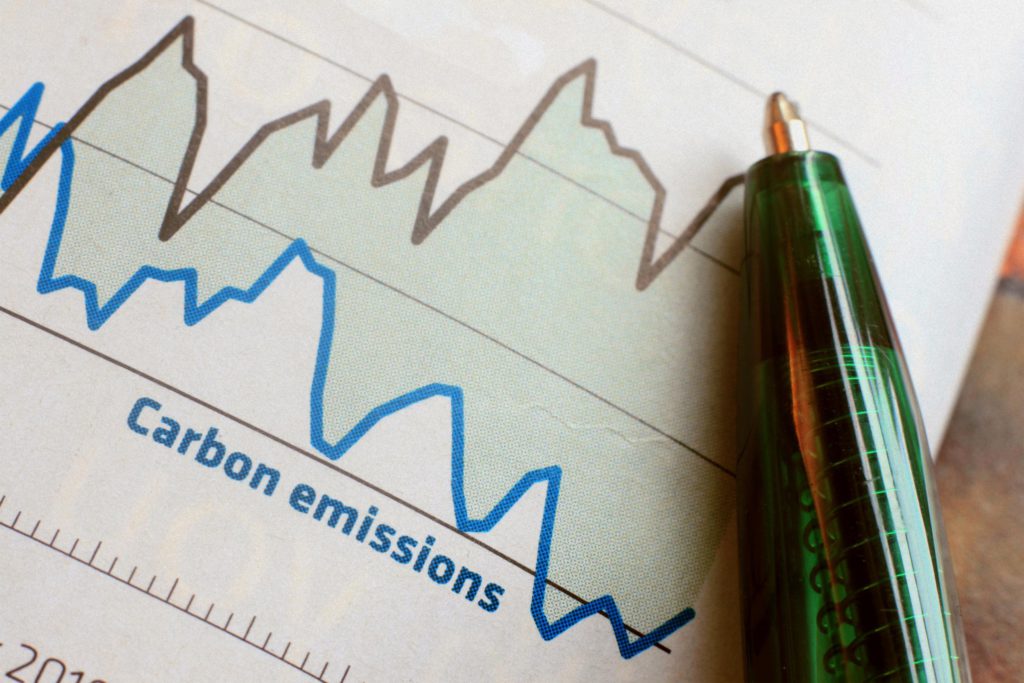Average CO2 emissions rise sparks call for improved EV infrastructure
09 April 2019

9 April 2019
Average CO2 emissions from new cars were 118.5 grams of CO2 per kilometre in Europe in 2017, up 0.4% compared to 2016.
Data published by the European Environment Agency (EEA) highlights the issues that carmakers are facing as a target of 95g/km comes into effect in 2021. Fines will be levied for every 1g/km over the target, meaning many manufacturers will be facing hefty bills.
′It is no coincidence that 2017 marked the first increase in CO2 from cars since records began in 2010, as it was also the first year that petrol overtook diesel in terms of new car sales,’ stated Erik Jonnaert, secretary general of the European Automobile Manufacturers’ Association (ACEA).
Petrol cars emit more CO2 emissions than equivalent diesel cars, as the EEA confirmed: ′if similar petrol and diesel segments are compared, new conventional petrol cars emitted 10-40% more [CO2] than new conventional diesel cars.’
Jonnaert added: ′Given that sales of diesel cars continued their decline in 2018, all indications, unfortunately, point to CO2 emissions increasing for a second year running in 2018.’
WLTP effect
Earlier this year, Daimler said it was planning to push forward with its electrification strategy due to increased fleet CO2 emissions following the introduction of WLTP.
The company revealed that pollution levels in Europe for the Mercedes-Benz Cars division rose by 7% last year, due in part to the more stringent WLTP test procedure introduced in September last year for all models sold on the continent.
The new regime, together with a shift in consumer taste towards heavier SUV models and the decline in diesel sales, pushed average fleet emission levels at Daimler’s Mercedes-Benz and Smart passenger car business to 135 grams of CO2 per kilometre in Europe in 2018, up from 125 grams in 2017.
EV issues
Recent ACEA data show that last year only 2% of all new cars registered were electrically-chargeable. By contrast, petrol expanded its market share by almost 6.5 percentage points in 2018, accounting for 56.7% of all cars sold in the EU.
Meeting the 2021 CO2 targets, not to mention the extremely stringent 2025 and 2030 targets that were agreed recently, will require a much stronger uptake of alternatively-powered cars.
′All car manufacturers continue to invest strongly in their portfolios of alternatively-powered cars, most notably electric ones,’ Jonnaert explained. ′However, the reality is that consumers are not rushing to buy these vehicles in large numbers.’
There are several major barriers holding back consumers, such as the affordability of these cars and the lack of suitable charging and refuelling infrastructure across the EU.
Today, there are some 150,000 public charging points for electric cars available in the EU. At least 2.8 million will be needed by 2030, according to conservative estimates by the European Commission. That translates to almost a 20-fold increase within the next 12 years.
Jonnaert concluded: ′We urge national governments and EU policymakers to make the much-needed infrastructure investments so that sales of electrically-chargeable cars can take off in Europe.’